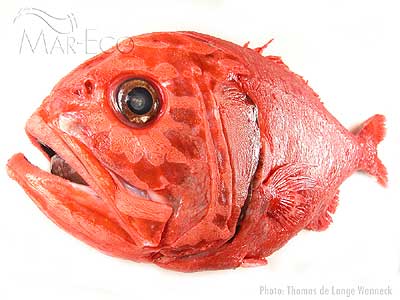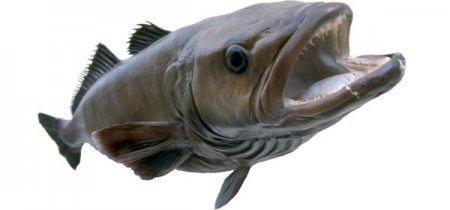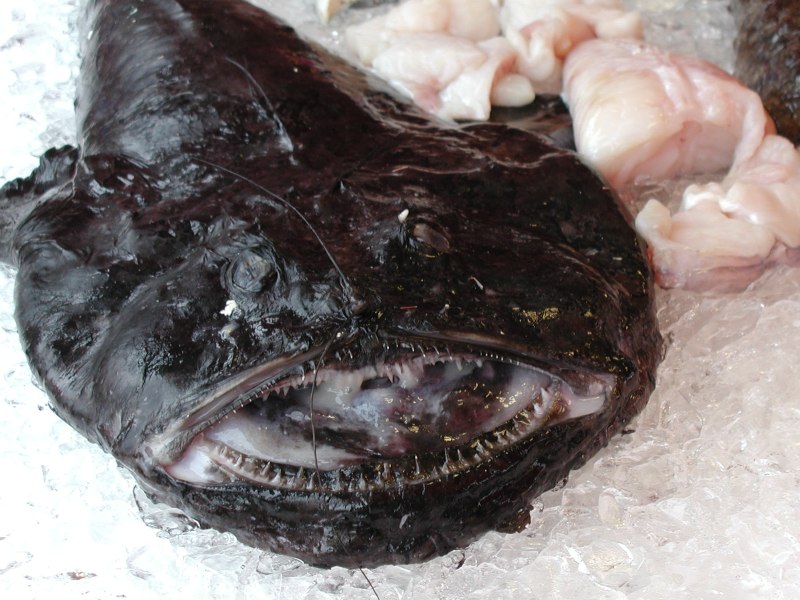Branding the Asian Carp
The Asian Carp is an aquatic invasive species affecting inland America, with a particlar threat to the Great Lakes. The problem is not as bad as lionfish, but certainly quite dire.
Nutshell of the Problem: Introduced in Southern fish ponds in the '70s to filter pond water in Arkansas fish farms. Escaped through flooding. Populations have run wild. Voracious consumers of planton. Illinois and Mississippi River worst affects, and found in 23 states. Government is doing its best to prevent the impending invasion into the Great Lakes.
The point of interest is that in the Asian carp problem, marketing was also resorted to as a solution. Innovative fisherman resorted to branding to solve it.
I believe the Lionfish campaign can learn a great deal from this case-study.
This article in NPR news sets out the situation well.
TL;DR:
- Fish processor in Illinois is selling Asian Carp to Asia successfully.
- Marketed to high-end restaraunts. Cash crop.
- Works with 100 fisherman to fulfill orders.
- Recruited international marketing director. Conduct tasting tests.
BusinessInsider feature on BigRiverFishing company as well- how they reached marketing magic: “Upper Mississippi wild-caught”, “so much energy they can jump”/dance on water.
The Campaign Keywords culled out:
Wild, Jumping/Dancing on water, Fresh
Strategies: Taste. Pricing.
-
Wild: The largest audience for the Asian carp eat mostly farmed versions of it. There's a different allure of the taste and resonance of something wild- it's fresh, untamed and all natural.
-
Jumping/Dancing: Great use of imagery here. You can feel the vibrancy of a fish which is truly alive. It's a romantic euphemism for dangerous and violent behavior. Asian carp have been known to slap people traveling in boats as they startle easy.
-
Fresh: This point is important for the product. The largest Asian Carp market is China, and there the carp is farmed, sometimes around sewage/treatment centers. The emphasis has been to market the fish as wild and non-polluted.
Every campaign has an idea. Its essence is to promote that one message about the product. Axe gets you laid, Coors is cold, & Asian Carp is wild. Wild-caught was their marketing hook. A simple message they drove home.
I will also add that pricing was a vital campaign strategy too. At first the Asian carp was sold cheap, and couldn’t compete with the Chinese carp. The Big River Fish company then retargeted to upscale restaurants. They had tasting tests conducted. Now the competition moved on to taste- Chinese carp grown in farms & muddy rivers vs. Asian carp from the Great Lakes of Illinois. A good move with inevitable results.
Premium pricing may be conflicting as a strategy to use on invasive species, but more often than not the best way to get attention. The tasting tests helped validate the assertions of freshness. And as the history of business has shown, people will pay more for a better product.
Rebranding Fish
Let's talk about naming. Asian carp isn't a pretty fish. The Big River Fish markets them as Silverfin. The success or not of this method is still to be seen. But rebranding unpopular fish has been nothing new to the seafood industry. With overfishing of sensitive (and popular) marine stock like cod and tuna, fisheries and seafood dealers want to harvest and sell less popular species by rebranding.What's in a name?
A lot, actually.
The net effects speak for themselves- sales increase exponentially. So much so that some of these unwanted 'ugly' species were almost wiped out.
The US Food and Drug Administration keeps a list of acceptable seafood names. In practice, they do not punish or highly regulate restaurants for calling fish by unsanctioned names, unless it is a food safety hazard.
Naming conventions are a popular method in the food industry to get consumers comfortable and excited about new delicacies. For instance you don't eat 'bull testicles', but 'Rocky Mountain oysters'.
Not all of these are success stories with the right motivations. To quell an unsatiable demand for seafood, fish commonly ignored or discarded as bye-catch now became overfished. We really need sustainable options- we need to eat invasive.
For an invasive species, like the lionfish, this could be the fairy tale branding we need.
Notable Cases:-
Slimehead becomes... Orange Roughy

Patagonian Tootfish becomes... Chilean Sea Bass

Whore's Eggs becomes.... Maine Sea Urchin or the delicios Uni in Japanese
Goosefish becomes ... Monkfish

Atlantic Rock Crab ... Peekytoe Crab

Catfish is going through another rebranding: Delecata.

Snakefish ---> Channa

A Rose by any other Name, would Smell just as Sweet.
True that. But you could sell a lot of dandelions if they were called roses.
Branding directions for the lionfish:
Looks:- Butterfly Cod (Used in Australia)
Impact:- Devilfish (Pescados Del Diablo from the Gulf of Mexico)
Procurement:- Speared lionfish, Ocean Caught, Sustainable
With the lionfish we're all over the place. Some points worthy of promotion:
Et cetera...
For these reasons, and then some more- I believe the lionfish holds more promise in branding than even the Asian Carp.
Lionfish is the most infamous fish right now. Our saving grace is that the fish tastes great, people love the product so business is grand. But the lionfish problem still persists, so we can take our efforts further by studying more interesting marketing hooks. Pun most definitely intended.

